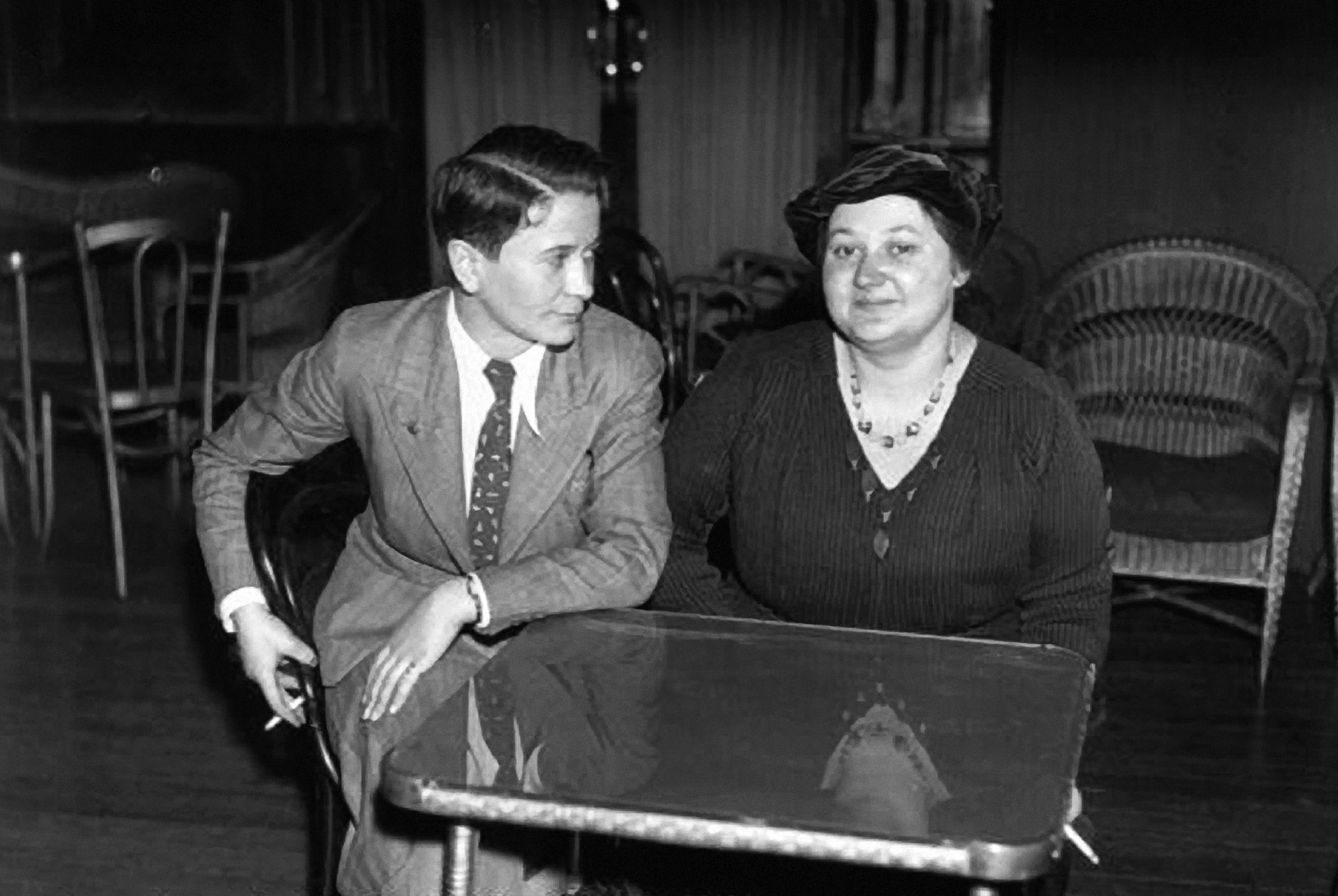
Vera Menchik attacks!
Vera Menchik was a positional player through and through. When she launched an attack, it usually meant that she exhausted all other ways to improve her position and that all possible preparations have been made. In his classical book "Akiba Rubinstein" grandmaster Yuri Razuvaev wrote that the great Akiba could be too slow in implementing his plans, but never too hasty. The same could be said about Vera Menchik. She was more Petrosian than Tal.
Nevertheless, when the position required her to go on attack, Menchik did not hesitate to commit all her pieces, delivering an attack that was as deadly as those of the other masters.
We will start with a game, in which Menchik's opponent severely underestimated the danger of his position. In fact, White was oblivious to the risks until the moment... when he had to resign!
This 16-move victory (with Black pieces!) was the shortest game of the tournament.
The next game is one of Menchik's most famous attacks. It is given here with the annotations of World Champion Alexander Alekhine, who also played in this tournament, won it with ease and later published a tournament book "Sixty Six Master Games Played in the London International Tournament". Unfortunately, I do not have a copy of this book, so the annotations below are a reverse translation from the Russian text published in the book "Vera Menchik", compiled by Women World Champion Elisaveta Bykova.
We will continue with Menchik's best known combination, which occurred in a match for Women World Champion title against her toughest challenger, Sonja Graf.

Most sources quote only the last two moves of this game, and even if the whole game is given, the annotators tend to present it as if Black position was anyway beyond repair. As we will see, it was not the case and that Menchik's slow-rolling attack was not necessarily destined to succeed.
The next game is typical for Menchik's attacking style. Her opponent was too optimistic in opting for opposite-side castling, Menchik's pawn storm was faster... but when an opportunity arose, she did not hesitate to exchange into an endgame with an extra pawn. Tal would probably disapprove, but I am convinced that Vasily Smyslov would have done the same!
We will conclude with a game that is, strictly speaking, not a purely attacking one. The reason I chose it is that it serves as a nice bridge to my next topic. It is a great illustration of Menchik's positional pressure resulting in a swift, decisive attack. Jan Kalendovsky's book on Vera Menchik contains her own annotations to this game in "Československý šach" journal.
It should be noted that Menchik's opponent in this game, Emil Richter, was a strong master who finished 3rd in this particular tournament, 1933 Czechoslovakian championship. Fifteen years later he would become Czech champion, and in 1951 he would be awarded International Master title. Yet see how helpless he is in this game - Menchik literally pushes him off the board!
In the third and final article of this series, we will focus on Menchik's best positional games. See you next week!
All articles in this series: